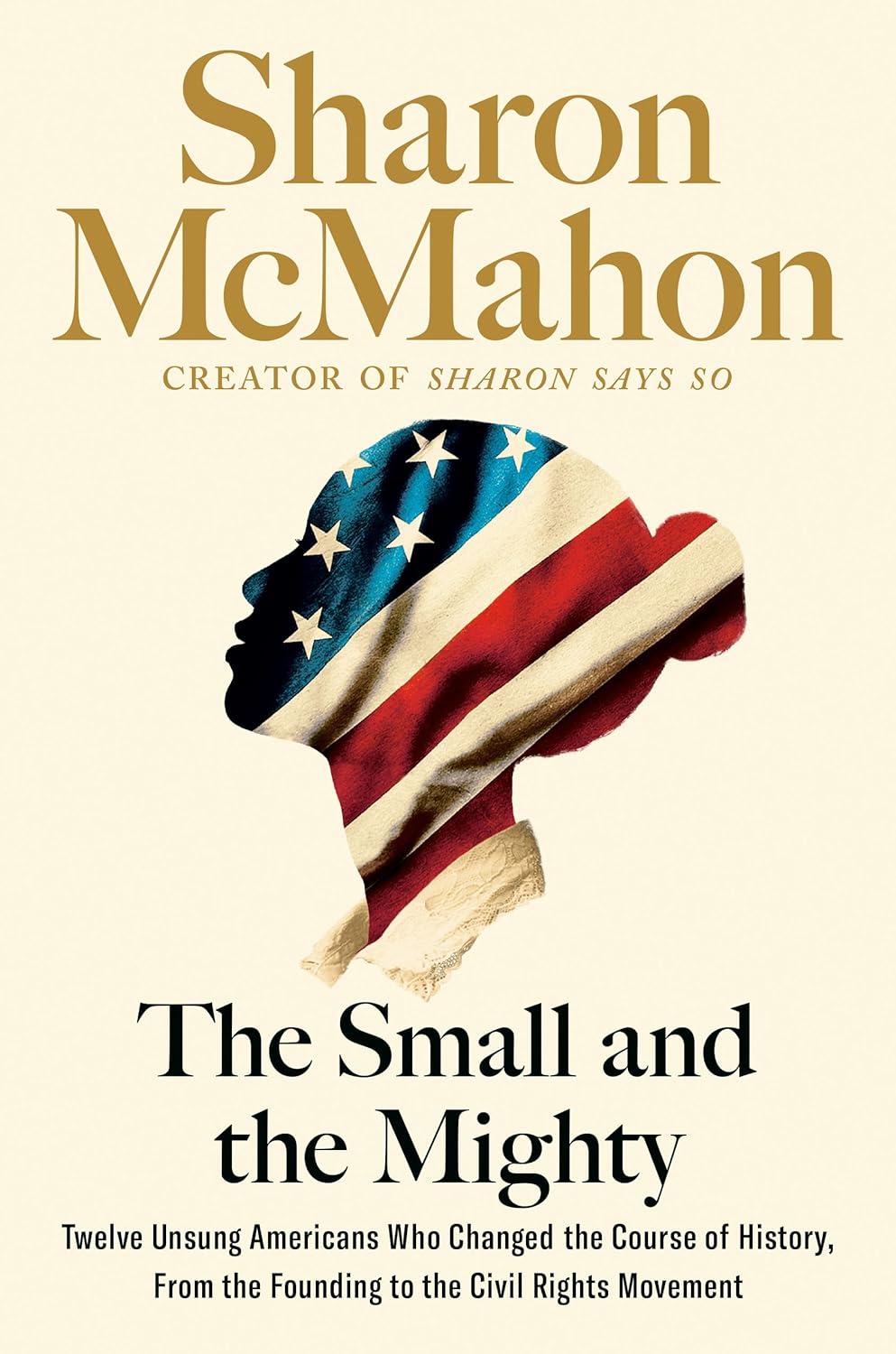Chapter 26: Montgomery, Alabama _1955
byChapter 26 delves into the pivotal events of Montgomery, Alabama, shedding light on the broader civil rights movement that sought justice and equality. This chapter emphasizes that the struggle was not just about issues like bus integration or securing the right to vote; it encompassed a range of injustices that Black people endured daily, including racial violence. The story of Recy Taylor, a Black woman who was brutally assaulted by six white men in 1944, serves as a powerful anchor for the chapter. After reporting the assault, Taylor bravely faced an all-white jury that chose not to indict her rapists. Her courage, however, led to severe retaliation, including a firebombing of her home, signaling the profound resistance to any form of Black empowerment. The NAACP took immediate action by sending Rosa Parks to investigate the case, which sparked a series of protests that would shape the trajectory of the civil rights movement in Montgomery.
The significance of Black women in the fight for civil rights cannot be overstated, as shown by figures like Recy Taylor and Rosa Parks. These women, often at the forefront of activism, fought not only for justice but also for dignity in a society that relentlessly dehumanized them. In December 1955, Rosa Parks became an iconic figure in the movement when she refused to give up her seat on a segregated bus to a white man. This act of defiance was not simply an isolated moment of rebellion but rather a culmination of years of personal and collective struggles against systemic racism. Parks’ previous experiences, particularly with the bus driver James Blake, highlighted the deep-seated humiliations that Black people faced daily in Montgomery. Her act of resistance was a spark that lit the fire for a larger movement, one that would culminate in a city-wide bus boycott, changing the course of history. The boycott served as a testament to the power of collective action, showing that small, individual acts of courage can ripple outward to create large-scale social change.
In the wake of Parks’ arrest, the Montgomery community rallied together, with leaders like Jo Ann Robinson from the Women’s Political Council leading the charge. Robinson quickly organized a response, producing thousands of leaflets and encouraging Black residents to participate in a bus boycott on December 5, 1955. This first day of boycott was an overwhelming success, providing a glimpse of the momentum that would follow. Martin Luther King Jr., who was appointed president of the newly formed Montgomery Improvement Association (MIA), emerged as a key leader. His leadership helped steer the movement forward, despite the violent backlash the activists faced. King’s home was bombed, and Robinson’s property was vandalized, but these acts of terror only strengthened their resolve. The legal battle against bus segregation gained momentum, leading to a landmark Supreme Court decision that declared the segregation of buses unconstitutional. This victory was significant not only in its legal ramifications but also in the message it sent: the fight for civil rights could, and would, continue to challenge entrenched societal norms.
While the legal and social victories were crucial, the sacrifices made by the community, especially women, were immense. The initial boycott efforts were led by women who were often the backbone of grassroots activism but were rarely given the credit they deserved in mainstream historical accounts. These women, like Claudette Colvin, who had been arrested months before Parks for a similar act of defiance, played a crucial role in the groundwork for the bus boycott. Septima Clark, an educator and activist, also contributed significantly to the movement, particularly in empowering Black women through education and organizing. These individuals’ contributions, often overlooked in history books, are essential to understanding the full scope of the civil rights movement. Their leadership and courage paved the way for future activism, demonstrating that even the smallest acts of resistance could lead to monumental societal shifts. The end of the boycott in December 1956 marked a victory for civil rights, but the violence and opposition from segregationists did not stop there. In fact, the boycott’s success only served to fuel more resistance, revealing how deeply entrenched the fight for equality really was. The legacy of these actions continues to inspire and motivate those who continue to fight for justice and equality today.

